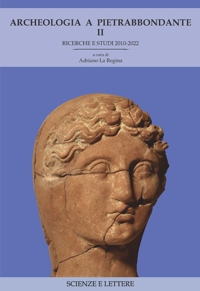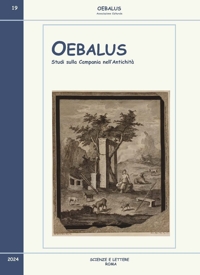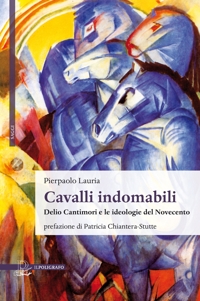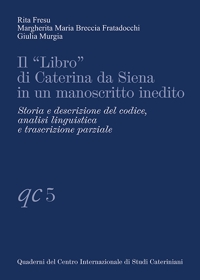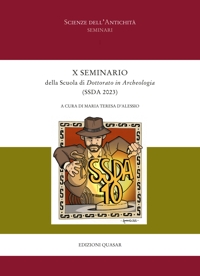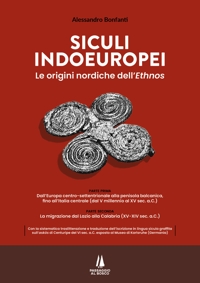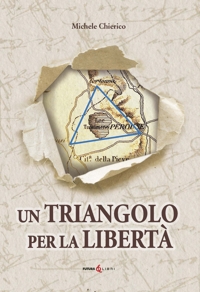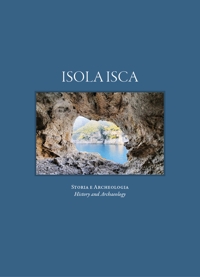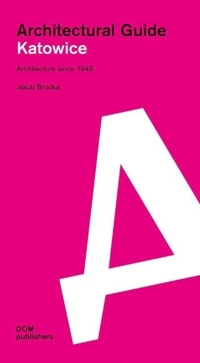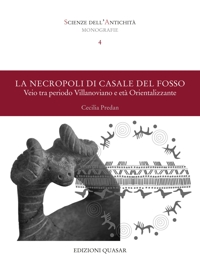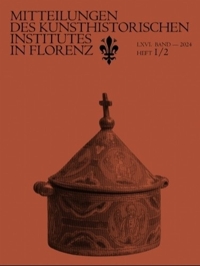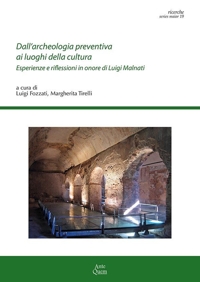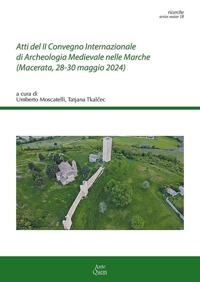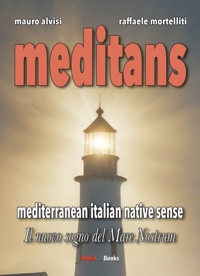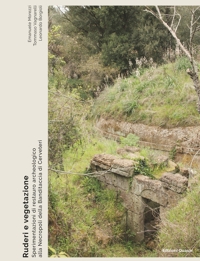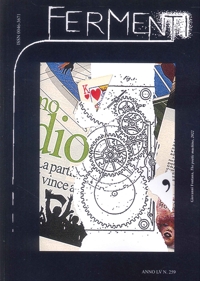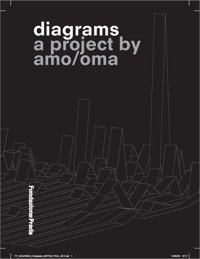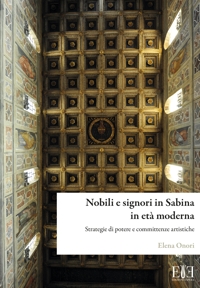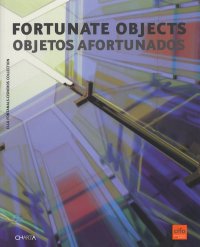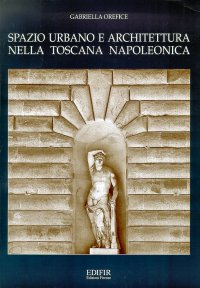Felice Palma. Massa 1583-1625. Collezione / Collection.
Texts by Andrei Cristina, Ciarlo Nicola, Federici Fabrizio, Claudio Casini and Sara Ragni.
Italian and English Text.
Pontedera, 2024; bound in a case, pp. 289, b/w and col. ill., b/w and col. plates, cm 24,5x34.
(L'Oro Bianco. Straordinari Dimenticati. The White Gold Forgotten Masters).
cover price: € 160.00
|
Books included in the offer:
Felice Palma. Massa 1583-1625. Collezione / Collection.
Texts by Andrei Cristina, Ciarlo Nicola, Federici Fabrizio, Claudio Casini and Sara Ragni.
Italian and English Text.
Pontedera, 2024; bound in a case, pp. 289, b/w and col. ill., b/w and col. plates, cm 24,5x34.
(L'Oro Bianco. Straordinari Dimenticati. The White Gold Forgotten Masters).
FREE (cover price: € 160.00)
Le botteghe del marmo
Italian and English Text.
Ospedaletto, 1992; bound, pp. 153, 10 b/w ill., 60 col. ill., cm 24x29.
(Immagine).
FREE (cover price: € 34.49)
Museo Stefano Bardini. I Bronzetti e gli Oggetti d'Uso in Bronzo
Edited by Nesi A.
Firenze, 2009; paperback, pp. 191, 102 b/w ill., 7 col. ill., cm 17x24,5.
(Museo Stefano Bardini).
FREE (cover price: € 30.00)
Bronzetti e Rilievi dal XV al XVIII Secolo
Bologna, 2015; 2 vols., bound in a case, pp. 729, ill., col. plates, cm 21,5x30,5.
FREE (cover price: € 90.00)
Ad sidera per Athanasius Kircher
Varela Cybèle
Gangemi Editore
Translation by M. Rossi, Braga R. L. and Hanley D.
Italian and English Text.
Roma, 2008; paperback, pp. 94, ill., cm 17,5x24,5.
(Arti Visive, Architettura e Urbanistica).
series: Arti Visive, Architettura e Urbanistica
ISBN: 88-492-1416-2 - EAN13: 9788849214161
Subject: Collections,Essays (Art or Architecture),Graphic Arts (Prints, Drawings, Engravings, Miniatures),Monographs (Painting and Drawing)
Period: 1960- Contemporary Period
Places: Europe
Languages: 

Weight: 1.239 kg
An artist of international standing, Varela has exhibited widely across Europe and the Americas and her work is part of relevant museum collections around the world. In this exhibition she shows Pop-surrealist paintings, photographs, books, and a reformulated version of the obelisk designed by Kircher and dedicated to Christina of Sweden and afterwards to Clement IX. This catalogue accompanies the exhibition and contains essays by leading historians, highlighting aspects of Kircher's personality and work relating them to the artist's creations, together with a text by Varela in which the buccaneer Captain Meraviglia, an amusing character invented by the artist, makes his first appearance in Kircher's theatre of the world.
Contributors: Maurizio Fallace, Peter-Hans Kolvenbach S.J., Paolo Portoghesi, Eugenio Lo Sardo, Francesco Sisinni, Mauro Giancaspro, Cybèle Varela, Alessandro Orlandi, Enrico Salvatore Anselmi and Ariane Varela Braga.
Biografia di Athanasius Kircher (Geisa, 1602 Rome 1680)
L'ultimo di nove figli, Kircher dimostrò fin dall'inizio di possedere un'intelligenza precoce e un'insaziabile curiosità, che lo portarono ad interessarsi ad innumerevoli aspetti della conoscenza umana. Nel 1614 entra al Collegio gesuita di Fulda. Studia filosofia e teologia a Paderborn, Colonia e Mayence, dove viene ordinato prete nel 1628. Insegna filosofia, matematiche e lingue orientali all'Università di Würzburg. Nel 1631, con gli eventi della Guerra di trent'anni, trova rifugio ad Avignone. E' successivamente chiamato a Vienna per succedere a Keplero come matematico presso la corte degli Habsburg. Tramite l'intervento dell'astronomo francese Nicolas-Claude Fabri de Peiresc, viene però chiamato a Roma dove è nominato professore di fisica, scienze matematiche e lingue orientale al Collegio Romano. Il Collegio Romano diventerà il centro delle sue attività per il resto della sua vita. Nell'ambiente oggi conosciuto come Sala Crociera, creerà il suo famoso museo delle meraviglie, noto come il Museum Kircherianum.
Pubblicò un gran numero di trattati dedicati ad un'impressionante diversità di temi tra cui : musica, astronomia, ottica, geologia, lingue orientali, matematica, egittologia, occultismo e cabala. Pensò di aver scoperto il segreto dei geroglifici e collaborò tra l'altro con Bernini all'elaborazione dell'obelisco della fontana dei fiumi in piazza Navona. Malgrado il fatto che le sue interpretazioni non fossero corrette le sue idee diedero un importante impulso allo studio della lingua degli egizi. Dopo un periodo di relativo oblio, l'opera di Kircher è da qualche tempo l'oggetto di una profonda rivalutazione. Viene considerato come l'ultimo erudito universale.
Tra le sue pubblicazioni : Ars Magnesia (1631), Lingua Aegyptiaca restituta (1643), Musurgia universalis, sive ars magna consoni e dissoni (1650), Mundus subterraneus, quo universae denique naturae divitiae (1664-78) o Ars magna lucis et umbrae (1671).
The last of nine children, Kircher from the outset showed a particularly vivid curiosity and early intelligence that led him to become interested in many aspects of human knowledge. In 1614 he entered the Jesuit College of Fulda. He studied philosophy and theology in Paderborn, Cologne and Mayence, where he was ordained a priest in 1628. He taught philosophy, mathematics and Oriental languages at the University of Würzburg. In 1631, due to the Thirty Years War events, he found refuge in Avignon. He was subsequently called to Vienna to succeed to Kepler as mathematician at the Habsburgs court. Thanks to the intervention of the French astronomer Nicolas-Claude Fabri de Peiresc, he was invited to Rome where he was appointed professor of physics, mathematics and Oriental languages at the Jesuit Collegio Romano. The Collegio Romano will become the centre of his activities for the rest of his life. In the place today known as the Sala Crociera, he would create his famous museum of marvels, known as the Museum Kircherianum. He published a large number of books dedicated to an impressive variety of topics including: music, astronomy, optics, geology, Oriental languages, mathematics, Egyptology, occultism and kabbalah. He believed he discovered the secret of the hieroglyphics and worked with Bernini as a counselor for the obelisk of the Fountain of the Four Rivers in piazza Navona. Despite the fact that his interpretation of the hieroglyphics was not correct, his ideas gave an important impetus to the study of the Egyptian language. After a period of relative neglect, Kircher's work is now subject of a profound reassessment. He is regarded as the ultimate universal erudite.
Gian Pietro Brogiolo; Aurora Cagnana € 18.05
€ 19.00 -5 %
Daniele Amato € 19.00
€ 20.00 -5 %
Marco Cassini € 14.25
€ 15.00 -5 %











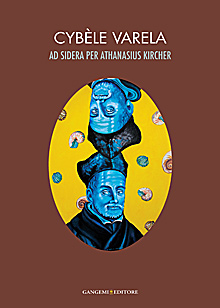


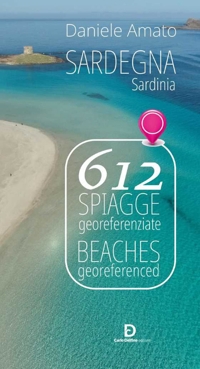
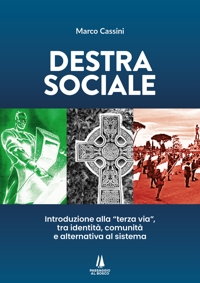
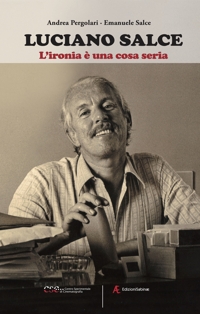
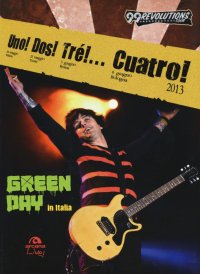




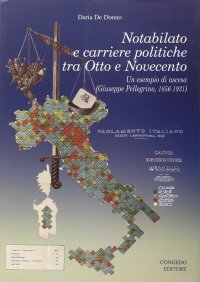


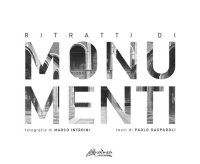
![Incantevole Puglia. Fra arte, storia e natura. [Edizione Italiana e Inglese]](https://immagini.libroco.it/copertine/IMMAGINI/3073/m-1536619.jpg)
